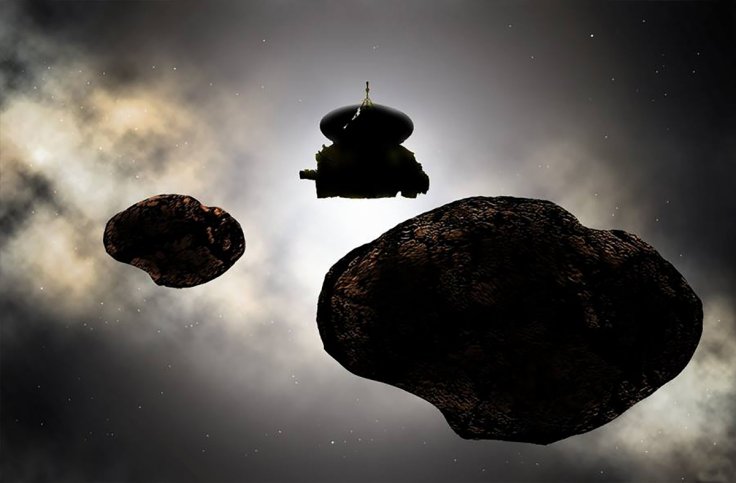
January 1, 2019, would be a special New Year for researchers at NASA as the space agency's New Horizon spacecraft would pass by the Kuiper Belt object 2014 MU69, one of the most primitive and most distant objects which have been ever explored by humans, on that day.
Jim Green, director of NASA's Planetary Science Division said, "New Horizon is on the hunt to understand these objects, and we invite everyone to ring in the next year with the excitement of exploring the unknown."
The Kuiper Belt objects orbit Sun billions of miles away from Pluto as unspoiled building blocks of the Solar system. NASA's Voyager and Pioneer missions have already flown past these distant members of the Solar system giving preliminary hints about the unknown region.
Alan Stern, New Horizons principal investigator from Southwest Research Institute (SwRI) in Boulder, Colorado said that the flyby of MU69 on New Year's Eve and New Year's Day 2019 would be an exciting sequel to the probes historic exploration of Pluto in 2015. Objects like MU69 have not been explored before.
Scientists have little knowledge about MU69 through the Hubble Space Telescope which made its discovery in 2014 and from a comprehensive observation campaign in summer 2017. The researchers got hints that MU69 could be two objects which might also be accompanied by a moon. These observations were made when the MU69 traveled in front of three stars in 2014.
New Horizons would fly-by three times closer to MU69 than Pluto encounter in July 2015. The spacecraft's camera would be able to capture detailed images of regions which are about the size of a basketball court.
The mission would give information about the composition and atmosphere of the Kuiper Belt object. The Horizon mission would also study two-dozen other Kuiper Belt objects and measure the plasma, gas and dust environment of the Kuiper Belt.
The explorer vehicle is currently in hibernation which would last until June 4, 2018. The spacecraft would check its systems and science instruments after its wake-up. The long-distance observation of MU69 in mid-August would start its navigation along the flyby path for the encounter.
New Horizon had been launched on January 19, 2006 and it used Jupiter's gravity to swing past it in February 2007 for exploration of Pluto, its moons, and the Kuiper belt objects. The mission sought to categorize Pluto and Kuiper belt objects into specific groups like the inner rocky planets (Earth, Mars, Venus, and Mercury) and other outer gas giants (Jupiter, Saturn, Uranus, and Neptune).
It reached Pluto in summer 2015 and made its closest approach to the dwarf planet on July 14, 2015. New Horizon categorized the dwarf planet and its largest moon Charon as "ice dwarf" as these planetary bodies had solid surfaces with a significant mass of icy material, unlike other solar planets.
New Horizon later extended its mission to Kuiper belt to carry out the NASA study of surface properties, geology, interior makeup and atmosphere of the planetary bodies. The spacecraft also studied the unknown moons of Pluto, Nix, Hydra, Styx, and Kerberos which were earlier discovered by the Hubble Space Telescope images.









